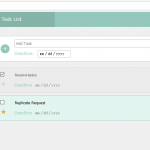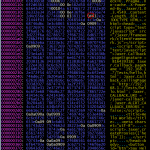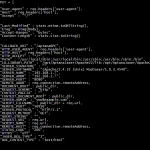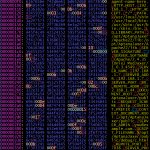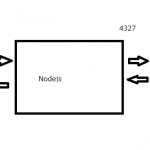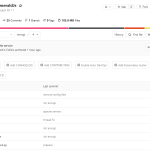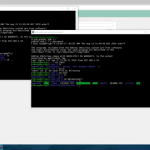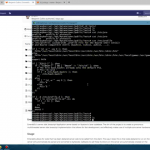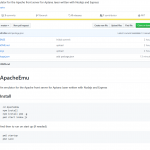
So in the previous post we rounded out our Apache emulator for Aptana Jaxer, which uses Express and Nodejs to act as a front-end file server and then uses Jaxer to handle calls to the server. While not complete it looks like we have a decent amount of functionality implemented with the basics being passing html files and callbacks to Jaxer to be handled.
